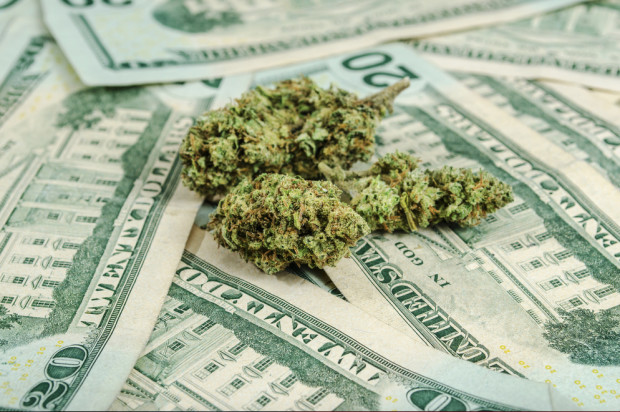
It’s crazy how prices for weed jump depending where you are at. With legalization sweeping across the world, prices for bud literally jumps like Jordan from country to country. German based company Seedo did the whole culture a favor by breaking down the typical prices for weed from country to country.
Per MerryJane
German company Seedo stepped up to create the 2018 Cannabis Price Index, which analyzes the cost and prevalence of cannabis use in over a hundred major cities across the globe, as well as calculates the amount of revenue each city could bring in if they legalized and taxed cannabis sales. The company explained that “the aim of this study is to illustrate the continuous need for legislative reform on cannabis use around the world, and to determine if there are any lessons to be learned from those cities at the forefront of marijuana legalization.”
The Cannabis Price Index reports that out of all major cities, New York City consumes the most weed, followed by Karachi, New Delhi, Los Angeles, and Cairo. Not surprisingly, many of these cities also top the list of cities that could generate the most potential tax if they legalized weed. New York City also tops this list, and could bring in over $150 million a year if legal weed were sold and taxed at the average U.S. cannabis sales tax rate. Cairo, Los Angeles, London, Chicago, and Moscow also make the list of top cities that could benefit from legal weed taxes.
If you want to pick up weed on the cheap, no one can beat the price of $1.34 a gram in Quito, Ecuador. Cannabis is also very cheap in major cities in Colombia, Paraguay, Panama, and Uruguay. In Europe, the lucky residents of Antwerp, Belgium are only paying $4.29 a gram, just a bit less than the $4.38/gram price in New Delhi, India.
Seedo obtained their data on cannabis prices from crowdsourced city-level surveys, and drew up a list of 120 cities with the highest and lowest rates of cannabis use. In order to calculate each city’s total annual consumption of pot, analysts compared each city’s population with the rate of cannabis use reported in the World Drug Report 2017 from the United Nations Office on Drugs and Crime. Once each city’s annual cannabis consumption had been calculated, an estimated amount of tax was calculated based on current rates of cigarette taxes or average U.S. cannabis sales tax.
Not sure how many jet hoppers we have reading today, but if I was you, I’d be planning my next trip to Ecuador.
